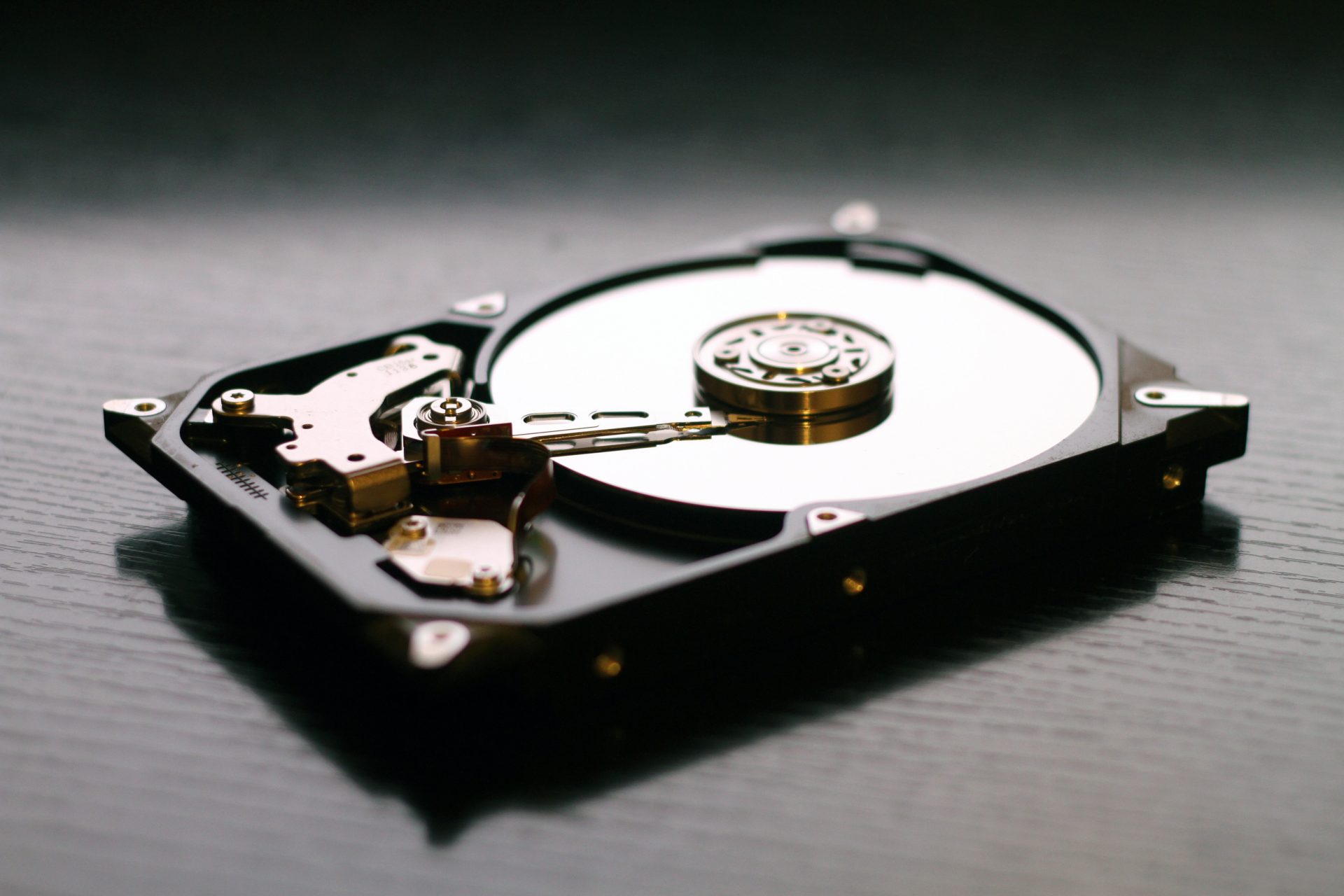What is RAID?
Raid an acronym for Redundant Array of Independent (Inexpensive) Disks.
Raid is a term used mainly to represent computer data storage schemes.
The concept was first developed by David A. Patterson, Garth A. Gibson, and Randy Katz at the University of California.
RAID provides increased storage functions, performance, data recover-ability and reliability through data redundancy and spreading or duplicating data across multiple disk drives
Important Terms when dealing with Raid:
Raid array: When multiple physical disks are set up to use Raid technology
To Note: A raid array is addressed by the OS as one sing disk.
Parity: A an error protection scheme used by many RAID levels. Parity is a widely used method to provide fault tolerance in a given set of data.By using parities the computer system can provide a backup-like feature to protect from catastrophic data loss caused by physical damage or errors on a single drive.
To Note: A raid system is used as a main system disk and is not intended to replacement for backup data.
Raid Naming Convention:
Raid is an acronym for Redundant Array of Independent (Inexpensive) Disks. When referring to raid systems, there is a certain naming format that must be used.
Format is: RAID + Number
e.g. RAID 0, RAID 1
Raid System:
There are currently at least 9 types of Raid plus 1 non-redundant array (RAID 0).
Common types used for RAID by Consumer include:
Raid 0 – Disk striping – increased speed by splitting data into two or more Hard Drives.
Raid 1 – Mirroring
Raid 5 – striped disks with distributed parity
Raid 1, a closer look:
A RAID controller keeps two identical sets of data (mirroring).
Raid 1 is usually composed of two drives (an active and mirror drive) of similar capacity. When data is written to the active drive data is also written to the mirror drive.
Advantages:
– Increased Read Speed
– 100% Redundancy of data
– Can sustain multiple simultaneous drive failure.
– Simplicity
Disadvantages:
– Capacity yield
– Usually done through system software: causing CPU/server loading degrading throughput at high activity level.
– May not support hot swap of failed disk when software is implemented.
Raid 1 Requirements:
1. A minimum of 2 HDDs or SSDs.
2. Raid Controller.
– Hardware Based – built into motherboard or separate control card. –
Software Based – through the OS.
Should I choose Software or Hardware:
For raid to function we need to have a raid controller (in hardware or software form)
Software:
Disadvantage: CPU cycles are taken away from the general computing environment to perform the RAID related tasks.
Advantage: Low cost
Hardware:
Disadvantage: Higher costs
Advantage: Dedicated circuitry through the motherboard or separate control card is used to handle RAID tasks without affecting the CPU.

